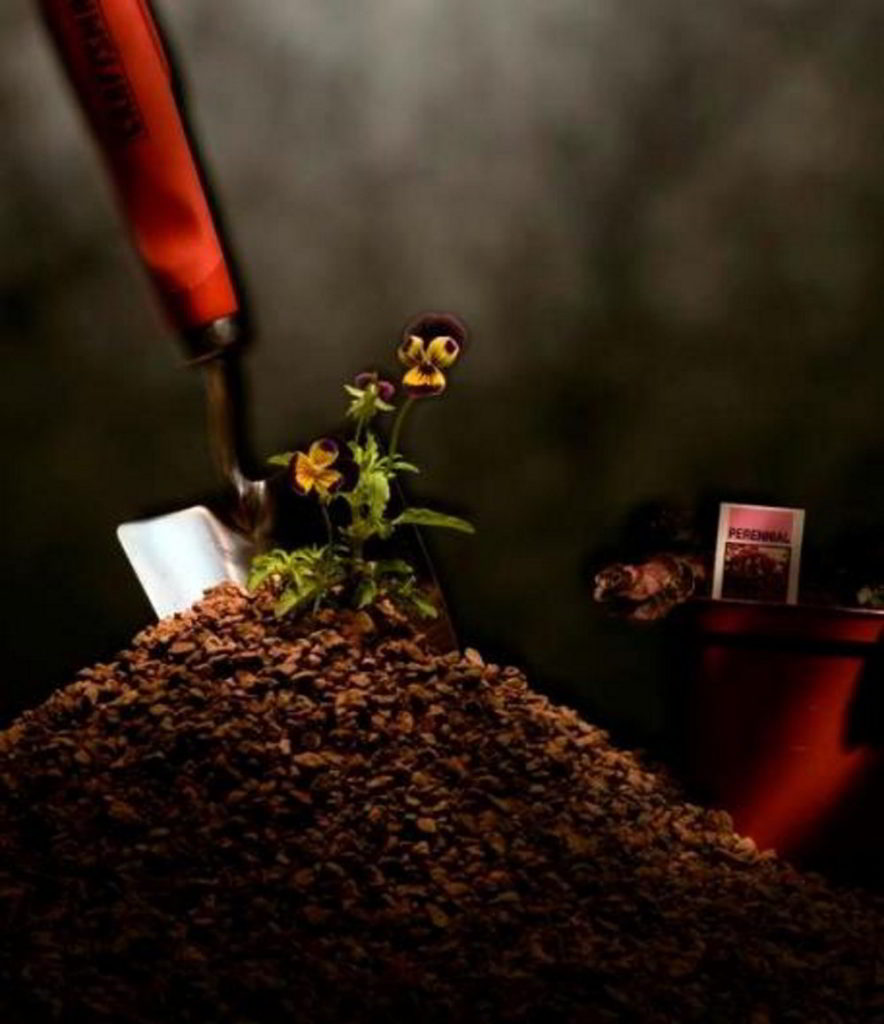
By LISA GREIM and SPECIAL TO THE DENVER POST | Special to The Denver PostPUBLISHED: May 13, 2014 at 10:58 am | UPDATED: April 27, 2016 at 11:10 am
A little-known soil amendment imported from Texas has garnered fervent fans in Colorado who love its clay-busting and water-wise properties.
Expanded shale gained a foothold among Colorado rose gardeners about a decade ago, when Arvada gardener Joan Franson came back from a rose-society meeting with received wisdom from Texas A&M University.
“It fluffs up the soil and holds moisture,” Franson says. “And once you’ve done it, it’s done. You never have to add it again.”
So what is this miracle substance?
Shale is a sedimentary rock: hardened layers of clay, silt and other minerals — essentially very old mud. When crushed and fired in a rotary kiln at 2,000 degrees Fahrenheit, tiny air spaces in the shale expand like Rice Krispies.
The result — expanded or vitrified shale — is a lightweight, gray gravel. It’s a second cousin to the better-known silicate soil amendments vermiculite and perlite.
Proponents say that adding expanded shale makes heavy clay soils lighter and easier to work as its air-filled spaces collect water and disburse it slowly into the soil.
“It can hold 40 percent of its weight in water,” says Bart Richards, whose company, Arbor Rock of Loveland, provides expanded shale to commercial users and bags it for the retail market. “It sucks up the water like a sponge, but it doesn’t get bigger, and it’s a really nice place for aerobic microbes to live.”
In a peer-reviewed study, Texas A&M Professor Steven George and colleagues tested how well warm- and cool-season ornamentals grew in silty clay soil amended with various products: two sizes of expanded shale; quartz sand; sphagnum peat moss; and cottonseed hulls. Over the two-year term of the study, flowers held up best when planted in soil amended with large-diameter expanded shale, the study found.
Unlike organic amendments such as compost, expanded shale will not break down over time. That means soil stays loose and friable years after application. It works the same way, at less cost, as hydro-absorbent polymers, which were developed as disposable diaper padding and are now sold as a soil treatment.
“It’s terrific to use in containers,” Franson says. She mixes high-quality potting soil with 40 percent expanded shale to increase the time between waterings and to make her container plantings easier to move.
Lightweight aggregates that include expanded shale are mixed into concrete, in place of sand or gravel, for building applications, Richards says. Designers of green roofs and rooftop gardens, including one at the Denver Botanic Gardens, rely on them to support plant life at half the weight of ordinary soil.
They’re used under turfgrass at golf courses and ballfields, in hydroponic and aquaponic systems, as a biofilter in retention ponds and water gardens, and as a heat-shielding ground cover. Orchid and bonsai growers add expanded shale in the mix that supports their finicky plants.
Expanded shale can be purchased in bulk or by the bag. Bagged expanded shale, mined and milled at the TXI plant on Colorado 93 south of Boulder, is sold under the TruGro brand at Timberline Gardens in Arvada, Paulino Gardens in Denver and Harlequin’s Gardens in Boulder. Other brands include Soil Mender and Lady Bug.
When, how and where to use expanded shale
Expanded shale works best when a gardener is building a new bed or installing a whole landscape, not just digging a hole for a rosebush, and when compost is also incorporated to add nutrients. Here are the steps recommended by Texas A&M.
• Start with a soil test and adjust your soil’s pH, phosphorus and potassium content as needed.
• Work or hand-dig
6 inches deep.
• Add 3 inches of expanded shale in the 3/8-inch-diameter particle size. Texas A&M’s Steven George suggests laying bags of shale end-to-end and pouring them out as they lie, to get a solid 3-inch layer. Work that into the top 6 inches of soil. Add 3 inches of compost and work it in.
• Plant, and then finish with a 3-inch layer of mulch.
